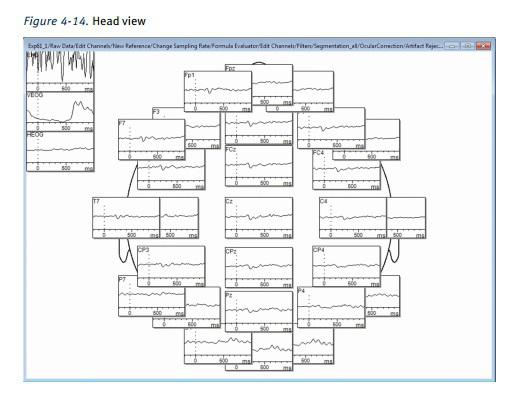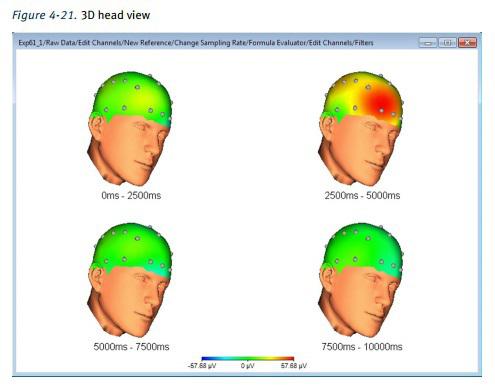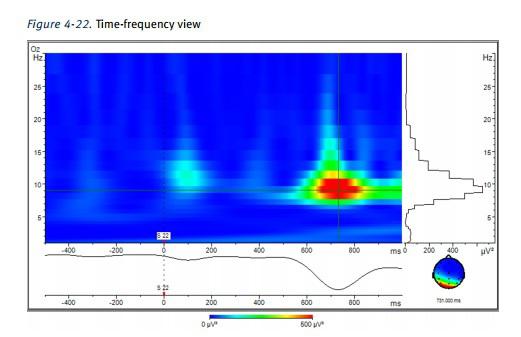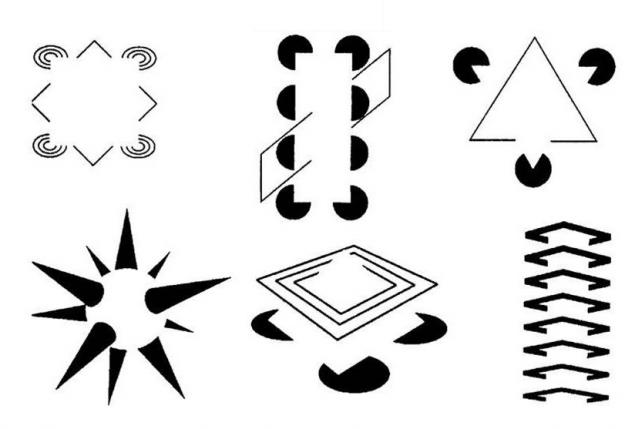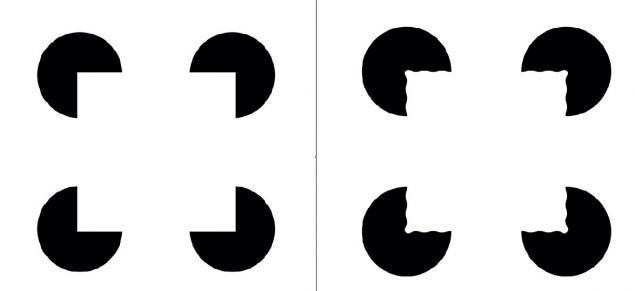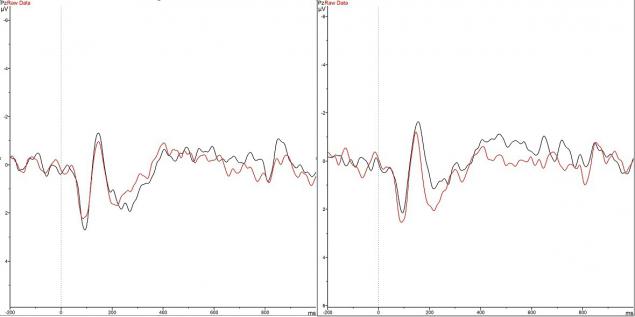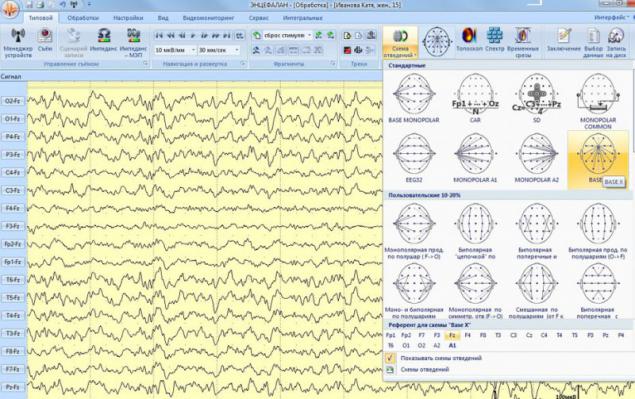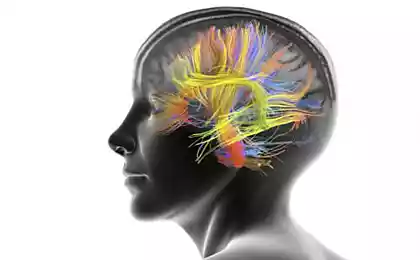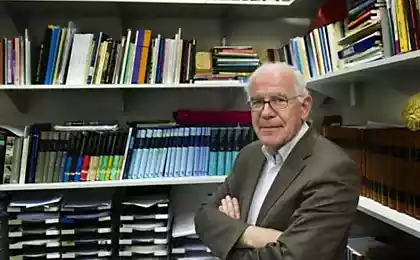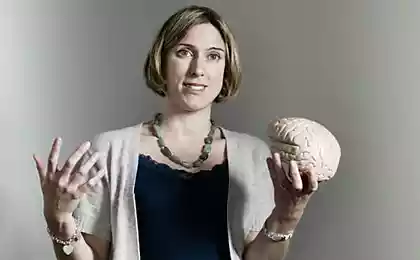2593
Laboratory of Psychophysiology MSU: EEG as a tool reverse engineering the brain and brain-computer interface
In the research complex psychophysiology Faculty of Psychology of Moscow State University is perhaps one of the most accurate and high-speed encephalography in the world. Especially for research can be used up to 258 channels at a time in a passive mode, allowing synchronous record and analyze the electroencephalogram (EEG) in real time.

(Katya connect to the matrix 32 EEG channels with active electrodes) i>
As "Pacman guzzle nonexistent square" which part of the brain generates the illusion of color figures as psychophysiologists handle multidimensional signals and whether it can lead to reverse-engineer the brain.
Under the cut surface description of the device, a little bit about signal processing and research about those who spend a psycho young scientists, neuroscientists, and what challenges there are for programmers who want to study the brain and / or work in a project to study the brain.

Conveniently located in a chair, sit back and take a deep breath
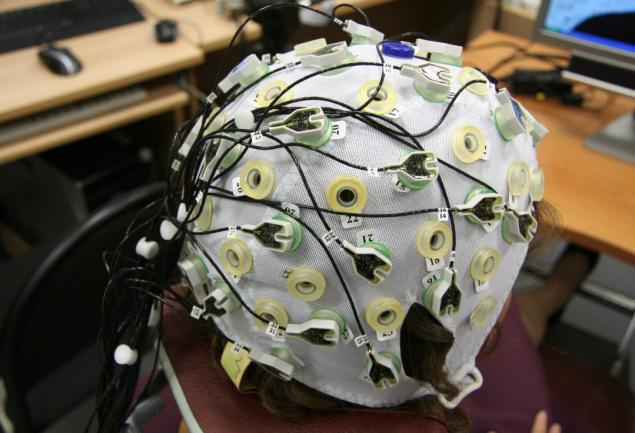
EEG helmet with a system of ActiChamp Brainproducts ™ is equipped with active biosensors (up to 128 channels) that capture the smallest changes in the electrical signals from the brain of a person with extremely high sampling rate - up to 100 kHz!
256 channels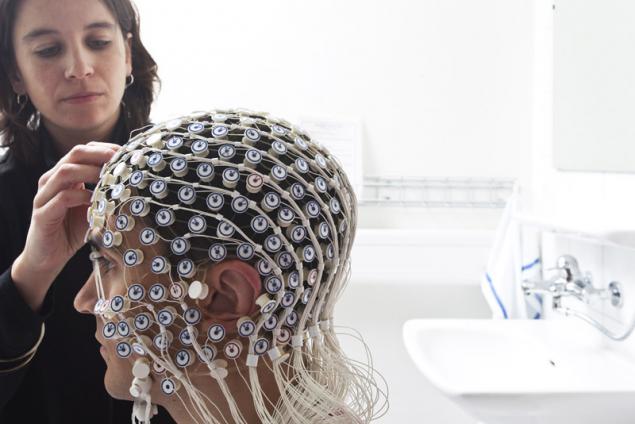

256 channels
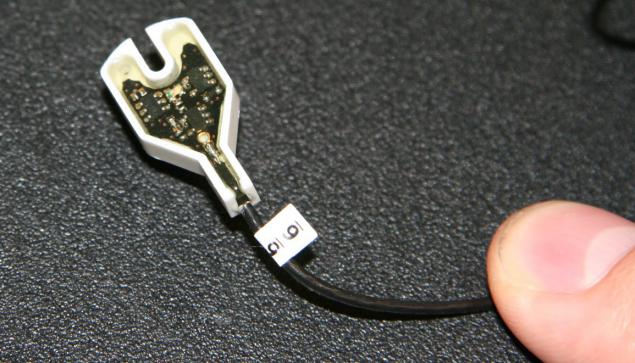
Active, as opposed to passive electrodes are equipped with the built-in microchips - preamps, which digitizes the analog signal and transmits it with the least distortion.
The electrodes are mounted above all important for the analysis of brain regions and synchronously transmit a signal to the amplifier unit or by using the loop or on wi-fi - 32 in the flow channel with a bandwidth of 1000 Hz band and a sampling frequency of 5000 Hz up to 500 Hz, in contrast to some of the medical EEG, not to mention neyrogarniturah).

Wi-fi module

Once signals are sent to amplifier units (noise level ≤ 2 μVpp), their path is not terminated. Then they are transferred to a double fiber optic cable to the USB-adapter, which also receives and external signals (triggers) to synchronize with external devices, such as EyeTracker'om (it was in the trail. Time). USB-adapter serves as a connector to the PC.
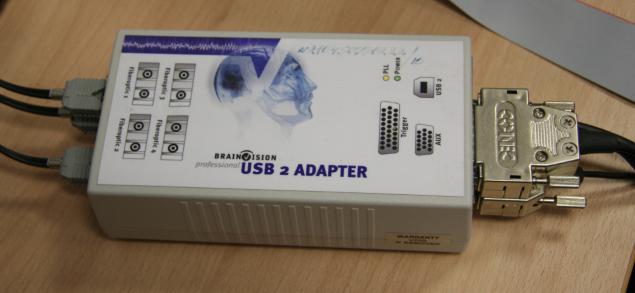
The main objective of all elements of intermediaries to minimize distortion and delay in the signal, whose power is measured only tens of microvolts


Additional blocks for the registration of so-called peripheral indicators that reflect autonomic processes, such as heart rate, vascular tone, respiration, temperature, movement, muscle activity, etc., up to 128 additional channels.
Sensors
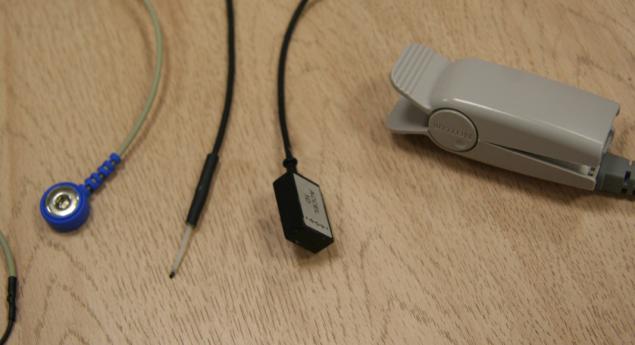
Skin resistance, temperature sensor, an accelerometer, a heart rate monitor optical
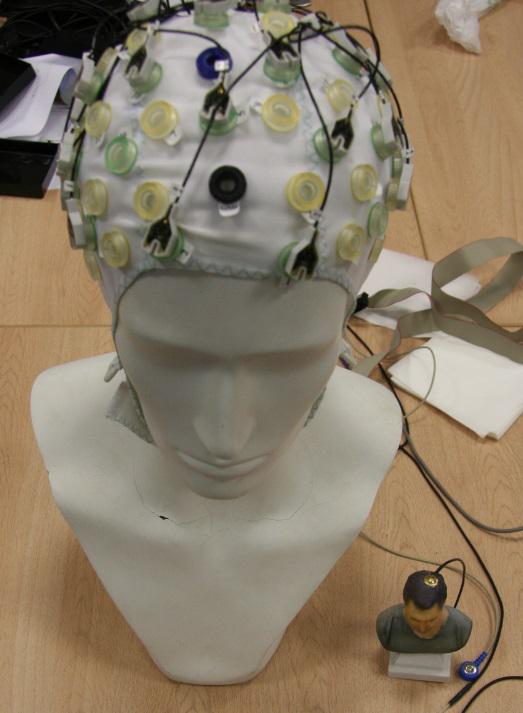
Here on whom measurements were made when no students
Software and Signal Processing h4> Software for processing and analysis of the EEG has broad functionality with the ability to integrate data MRI for localization of electrical signals given individual constitution of the brain of the individual. Actually the system itself has a module called "low-resolution tomography» (LORETA) (* this is not about the technical realization - magnetic or positron emission, and the principle of visualization and mapping of the brain).
People h4>
Warning h5> Vyacheslav Lebedev , employee and graduate student psychophysiology MSU. MV University, co-founder of NeuroFuture , physiologist:
Illusion h5> Ilya Zakharov , graduate student psychophysiology MSU. MV University, co-founder of NeuroFuture , physiologist:
Programming and multidimensional signal processing h5> Kostya Slavnov , programmer
Synesthesia h5> Maria Stepanenko , a student at the Department of Psychophysiology MSU. MV University, physiologist, researcher of synesthesia
Processing h5> Andrew Uchaev , student of the Moscow State University of Psychophysiology. MV Lomonosov, psychophysiology:
Conclusion h4> «neuroscience need programmers." So speak and Russian counterparts, and foreign neuroscientists even turning to the hacker. Because very soon we, God forbid, may be required not only privacy tool message i> from the technical interception, but thought i>.

(Katya connect to the matrix 32 EEG channels with active electrodes) i>
As "Pacman guzzle nonexistent square" which part of the brain generates the illusion of color figures as psychophysiologists handle multidimensional signals and whether it can lead to reverse-engineer the brain.
Under the cut surface description of the device, a little bit about signal processing and research about those who spend a psycho young scientists, neuroscientists, and what challenges there are for programmers who want to study the brain and / or work in a project to study the brain.

Conveniently located in a chair, sit back and take a deep breath

EEG helmet with a system of ActiChamp Brainproducts ™ is equipped with active biosensors (up to 128 channels) that capture the smallest changes in the electrical signals from the brain of a person with extremely high sampling rate - up to 100 kHz!
256 channels


256 channels

Active, as opposed to passive electrodes are equipped with the built-in microchips - preamps, which digitizes the analog signal and transmits it with the least distortion.
The electrodes are mounted above all important for the analysis of brain regions and synchronously transmit a signal to the amplifier unit or by using the loop or on wi-fi - 32 in the flow channel with a bandwidth of 1000 Hz band and a sampling frequency of 5000 Hz up to 500 Hz, in contrast to some of the medical EEG, not to mention neyrogarniturah).

Wi-fi module

Once signals are sent to amplifier units (noise level ≤ 2 μVpp), their path is not terminated. Then they are transferred to a double fiber optic cable to the USB-adapter, which also receives and external signals (triggers) to synchronize with external devices, such as EyeTracker'om (it was in the trail. Time). USB-adapter serves as a connector to the PC.

The main objective of all elements of intermediaries to minimize distortion and delay in the signal, whose power is measured only tens of microvolts


Additional blocks for the registration of so-called peripheral indicators that reflect autonomic processes, such as heart rate, vascular tone, respiration, temperature, movement, muscle activity, etc., up to 128 additional channels.
Sensors

Skin resistance, temperature sensor, an accelerometer, a heart rate monitor optical

Here on whom measurements were made when no students



